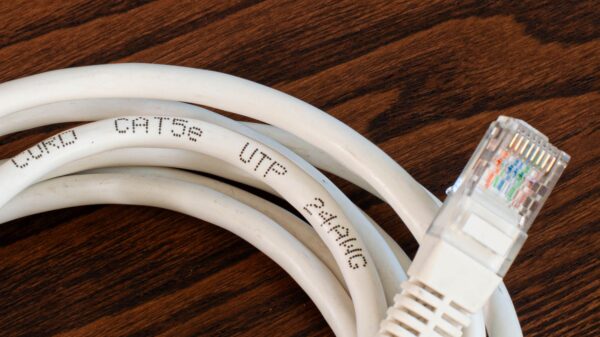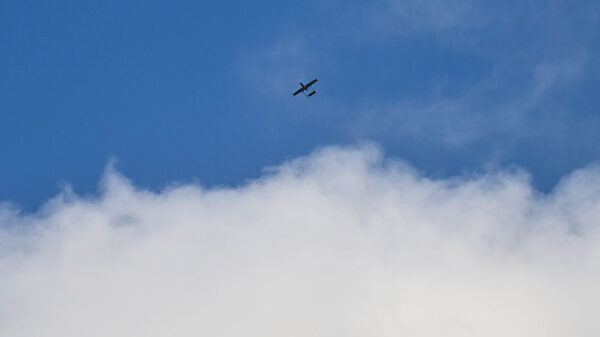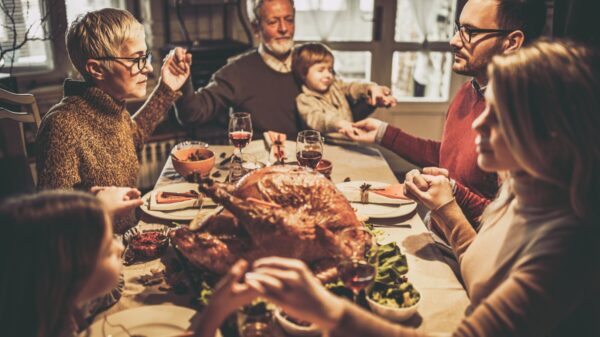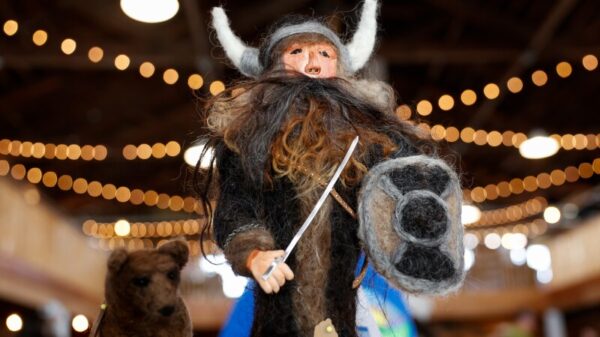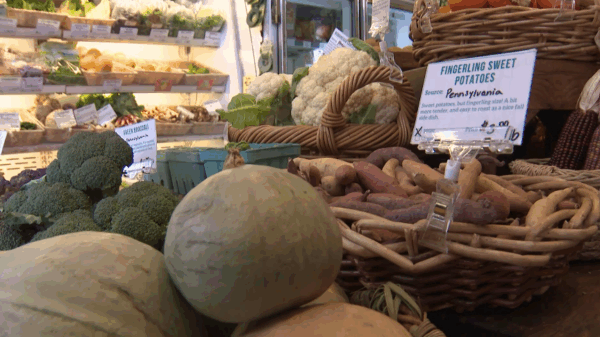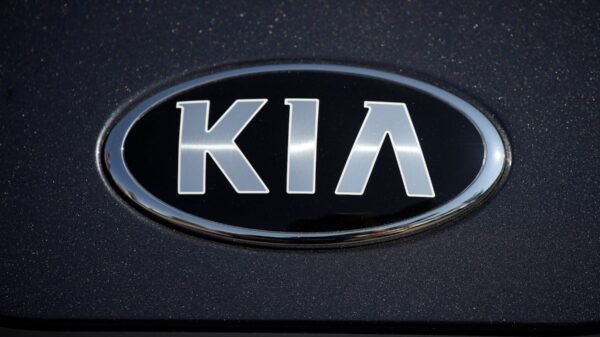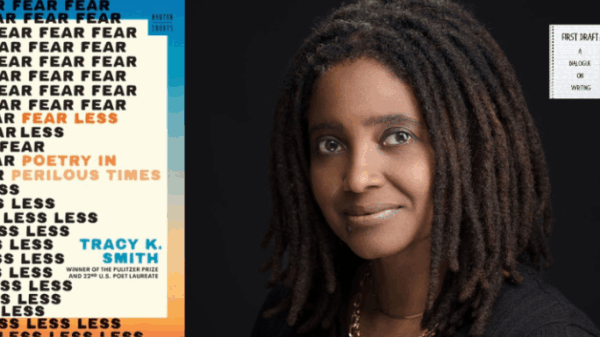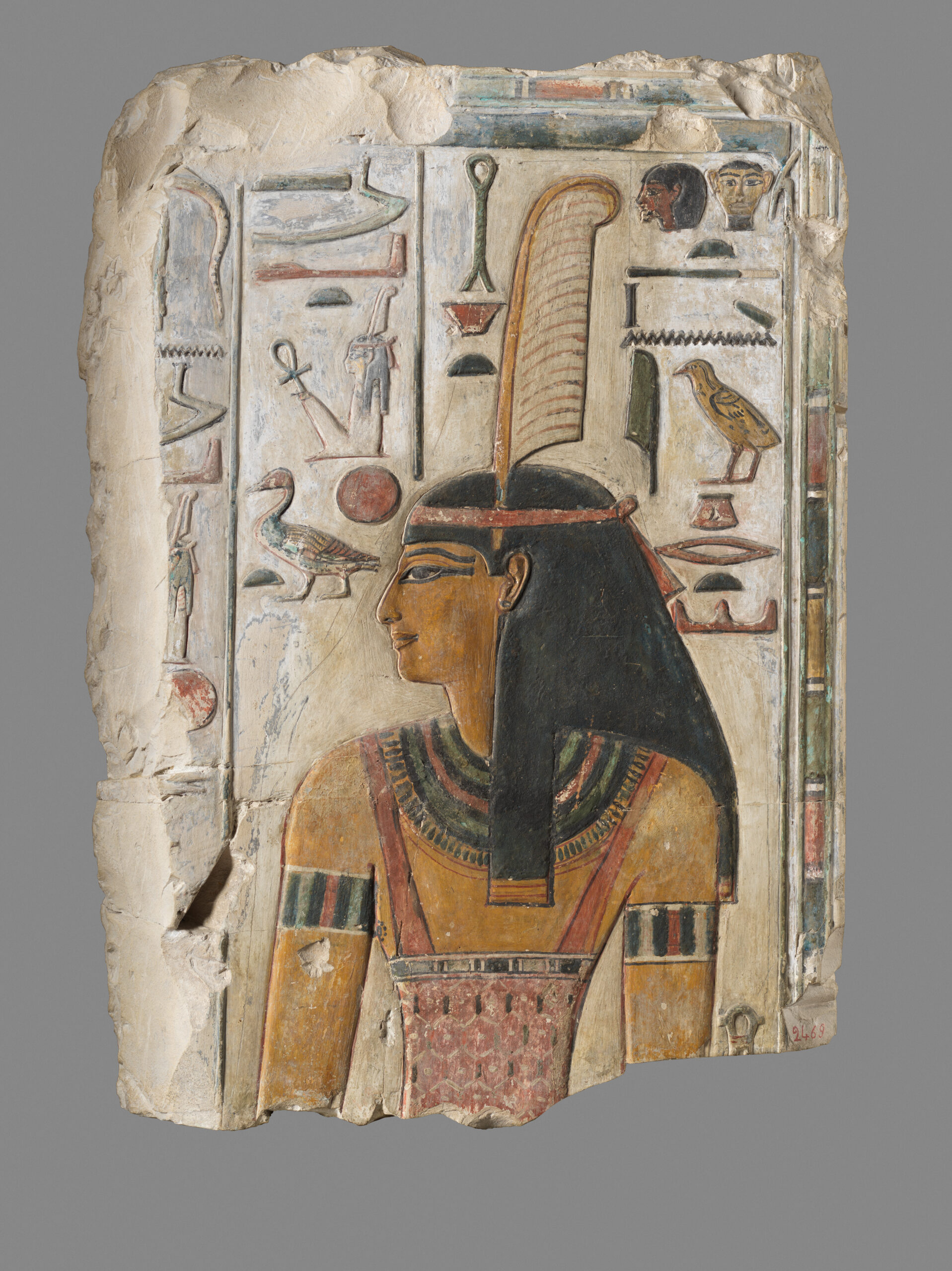The Metropolitan Museum of Art has unveiled a captivating exhibition titled “Divine Egypt,” showcasing over 200 artifacts from ancient Egypt that highlight the rich tapestry of its pantheon. This extensive collection features a variety of gods and goddesses, illustrating their significance in a civilization that worshipped approximately 1,500 deities for over 3,000 years.
The exhibit brings together iconic pieces, including the renowned Temple of Dendur and a colossal statue of a Pharaoh, now complemented by a diverse array of divine figures. The exhibition aims to immerse visitors in the complex world of ancient Egyptian spirituality, where gods were integral to everyday life and governance.
Goddesses and Gods: Central Figures in Egyptian Beliefs
Among the principal figures is Hathor, one of the most powerful goddesses, who emerged around 2600 BCE. Known for her distinctive cow horns and sun disk, Hathor’s name translates to “mansion of Horus,” linking her to the celestial hero. In one limestone relief, she is depicted wielding a scepter beneath a hieroglyphic banner that identifies her as “Hathor, Chieftainess of Thebes.” Another striking representation of her, titled “Hathor of Four Faces,” illustrates her omniscient gaze in all cardinal directions.
The exhibition also introduces visitors to Anubis, the jackal-headed god associated with the afterlife. Anubis governs the mummification process, weighing the hearts of the deceased against the feather of Maat. A significant diorite statue of Anubis, exuding a sense of stillness, is prominently displayed alongside artifacts from animal necropolises where pets were interred.
Maat, the goddess of truth and justice, plays a crucial role in the afterlife narrative. Her feather symbolizes the moral and ethical standards by which souls are judged. A remarkable relief depicting Maat, dating back approximately 3,500 years, was discovered in the tomb of Seti I in the Valley of the Kings. The lifelike portrayal, adorned with hieroglyphics, captivates the viewer, emphasizing her importance in the Egyptian belief system.
A Rich Tapestry of Deities and Their Stories
The exhibition presents a vast range of gods and goddesses, including Horus, who symbolizes kingship and power. According to Egyptian mythology, Horus inherited the crown from his father, Osiris, after defeating his uncle, Seth. This narrative of familial conflict underscores the intricate relationships among deities that shaped ancient Egyptian culture.
Another notable figure is Neit, a goddess shrouded in mystery, often symbolized by crossed arrows and click beetles. Her son, Sobek, the crocodile god of the Nile, is also featured in the exhibit, highlighting the interconnectedness of deities and their attributes.
The variety of representations, from a seated ram god demanding reverence to a monumental scarab from the Ptolemaic period, illustrates the richness of Egypt’s religious landscape. Each artifact encapsulates a story that reflects the beliefs and values of a civilization that thrived along the Nile.
The curator of the exhibition, Diana Craig Patch, notes that the ancient Egyptians embraced this multiplicity of gods, which reflected their understanding of the world around them. The immersive experience provided by “Divine Egypt” invites visitors to contemplate the enduring impact of these ancient beliefs, which have shaped both history and culture.
As visitors navigate through the galleries, they can appreciate how these deities influenced not only religious practices but also social and political structures in ancient Egypt. The exhibition serves as a reminder of the complexity of human belief and the lasting legacy of a civilization that created a vibrant pantheon to explain the mysteries of existence.
“Divine Egypt” is open at the Metropolitan Museum of Art, offering a rare opportunity to explore the divine beings that once ruled the Nile. This extraordinary exhibition is a testament to the allure and depth of ancient Egyptian culture, captivating audiences with its stunning artifacts and rich historical narratives.


